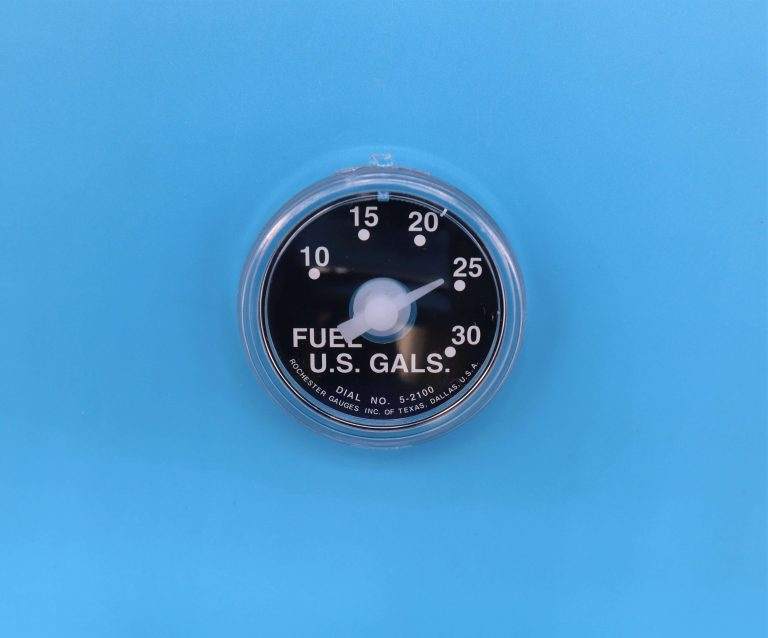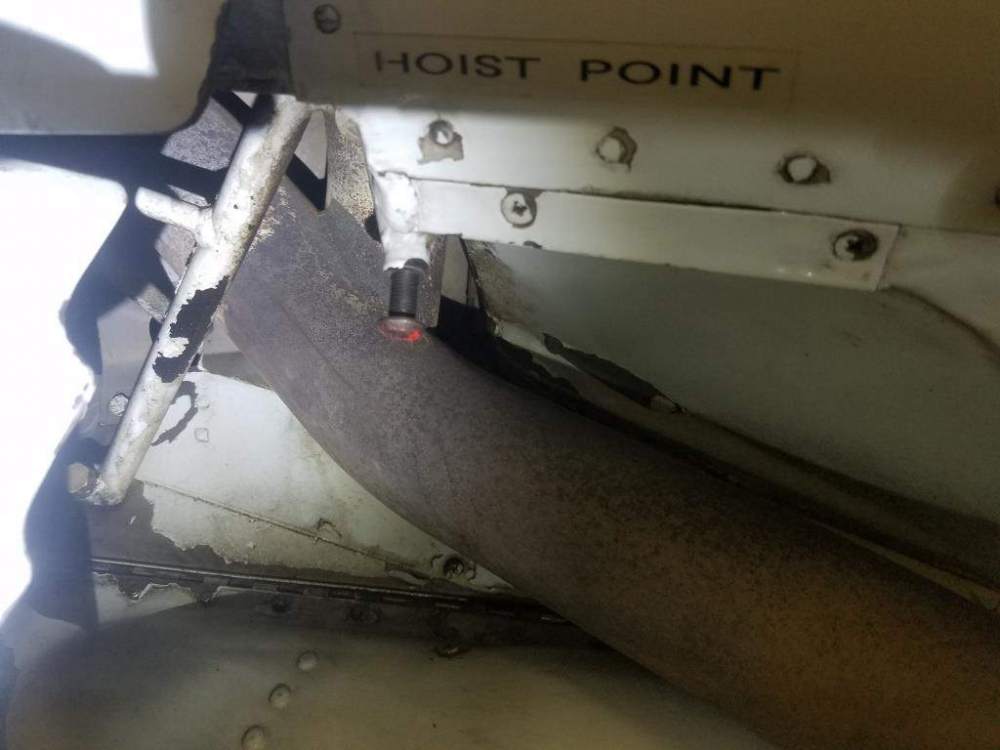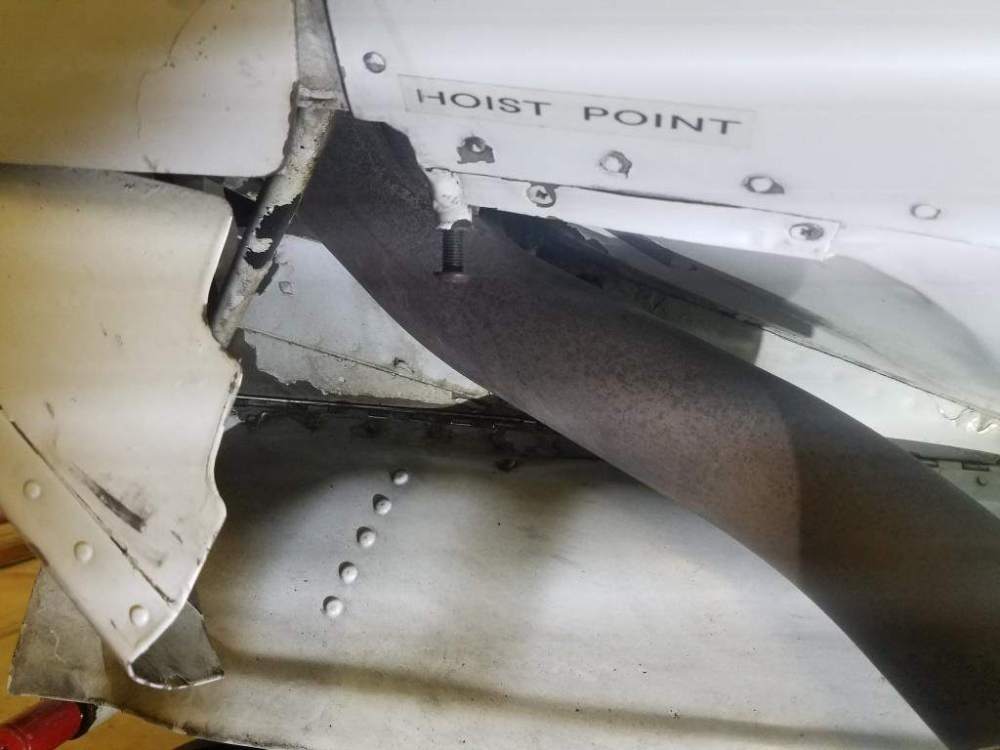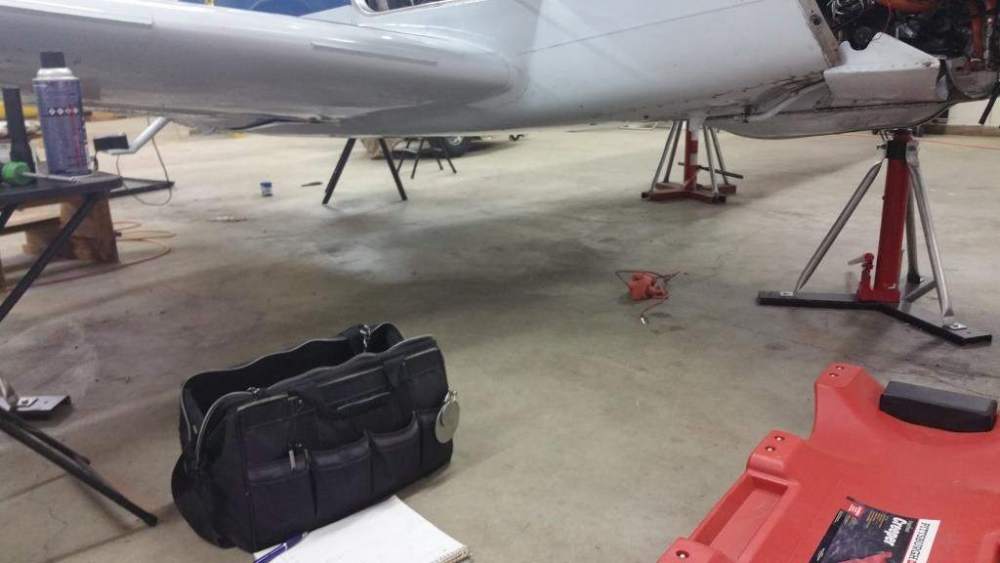
Cayman44
Supporter-
Posts
20 -
Joined
-
Last visited
About Cayman44
- Birthday 12/31/1946
Profile Information
-
Gender
Male
-
Location
Granbury, TX
-
Interests
flying - power and gliders (own Ventus 2b glider also)
-
Reg #
N888EG
-
Model
M20M, 27-0021
Recent Profile Visitors
1,301 profile views
Cayman44's Achievements
-
Wide flange studs are available at Skybolt under "SK28S3-5". I needed these for the L/E of the forward belly panel on the M20M.
-
So hard to find. Any leads to a Totaled, Damaged, Parting out, M20M, M20R, M20S, M20TN, M20U. Even a badly damaged panel or partial panel from a gear up or other would probably work. Grounded until I find one. Thx. Disregard: I found my panel - almost two miles from my hanger. One heck of a wind. Facebook came through and got a call. Lesson learned! And Mooney parts are very precious!!
-
I needed four of these visor clamps for my M20M and was blown away by the price of $25 each. My neighbor will 3D print them for $25 a pair. Worked perfectly. PM me.
-
I've been looking for a wing fuel site guage, 880024-009, for almost two years. Does anyone have a lead. I've called Lasar and Dugosh.
-
Mooney m20m bravo real world weight and balance?
Cayman44 replied to Ripley98's topic in Modern Mooney Discussion
If four pax is your goal, why not buy an '83 Cessna 172p/180 with 700+ pounds for people? And with full, 40 gal fuel you have 3+ hours of fuel. In my '89 Bravo, most folks I travel will have 3.5 hour bladders, so I don't need to load all 89 gallons, but I sure go a lot farther in that 3.5 hours. If it's just me and full fuel, I can fly from Denver to Long Island with one fuel stop - in one day. I like all the flexibility the Bravo gives me - especially with big tail winds flying in the high teens or anywhere in between. You have to wake up Center to pass you to the next sector you are so alone up there. My speed is based on altitude. I know many Bravo/Mooney pilots tweak the numbers to perfection. With my GAMI's, I cruise at 13.5 gph at all altitudes (30"&2300). At 17,000 that could be 192 kts TAS or 165 kts at 6,000 on my MT prop. Not perfect, but close enough. -
Just had both wing tanks complete scrape and reseal by Houston Tank Services at Eagle Lake, TX. Had a cancelation and got me in where others said a six month wait. Took three weeks and am very happy with work - no scratches to paint or covers. But better than that I have had a gear rigging and inner gear door problem with the rivets pulling out that was requested, charged, and not repaired by a big name MSC. Now the doors and the rigging are perfect! Going there for my next annual. Will never go back to that other MSC. Cost me thousands to fix multiple serious errors.
-
Lots of great advice and apparently many good shops. My '89 TLS Bravo's autopilot self tested good, but could not hold heading in either HDG ot NAV mode - only alitude. Took it to Autopilot Central on advice of many. Was in and out in four days. Right wing roll servo was dead except for responding "ok" on the self test, appeared to have a strange yellowish sludge around it.. They rebuilt it, did complete system checkout, test flight and no issues for the past two years. Very reasonable cost around $2k. Completely explained and showed me what they found and what they did. Would definitely go to them again.
-
So much information! I am a CFI. First and best recommendation is get another instructor - one that owns or regularly flys Mooneys, Bonanza's or other heavy low wingers - regularly - not one that has mostly Cessna time! The one you have has not transferred any usable piloting skills to you. Landing a Mooney nose wheel first ever is your first clue that you need another. Whatever you were doing was considered good enough. There is only consistent good and better in Mooney training. 2. Your problem is approach speed (maybe), and mostly roundout timing(power off or you will discover what float is) and consistent nose position movement skill - a smooth raising of the nose as you sink into the ground effect cushion to an attitude with the nose cowling top at near the far end of the runway - LOOK at the far end - cowl near it! - no higher (with full flaps) - (the nose position is higher with less flaps and less weight - so use full flaps always for consistency and for lowest touchdown energy). Don't keep pulling up the nose like a Cessna or not pulling up like a Cessna and landing on the nose first. Goal is to have the nose attitude up and stable at a about a foot or so off ground, and hear the stall warning horn as it rolls onto the mains. HOLD the nose in that attitude and it will gently drop onto the runway. 3. Weight, wind, and gust determines speed on final. Know the numbers you are shooting for and have the wind and gust factor added in right down to round out (Wyoming has nothing but wind). Get help on developing a consistent smooth skill set. And don't worry about CG. Practice smoothly putting the nose up without ballooning to where it belongs during roundout with the correct approach airspeed and the Mooney flies itself on at lowest energy almost every time and you will learn a new joy.
-
Installing Copilot Brakes Causes Pilot Brakes to Fail
Cayman44 replied to Cayman44's topic in Modern Mooney Discussion
Thanks triple8s - will keep hat in mind.. This is my last post on this topic that I started unless I have to do a master cylinder re-build like above some time because of air entering, but the pilot brakes have the same feel now as before the copilot bakes were added. I left off above with one pump of spongyness after adding a pint of fluid to the system to bring the peddles up to useable firmness. Today I did one last bleed and added another 2-3 oz to the system. No more pumping required ! The old original pilot cylinders really do have a long throw and are noticably softer engaging than the new copilot brakes with their short throw and really firm feel. I have the original single puck calipers. Cheers -
Installing Copilot Brakes Causes Pilot Brakes to Fail
Cayman44 replied to Cayman44's topic in Modern Mooney Discussion
Thanks for all the input. So far I have not found any leaks. Apparently the installer did not correctly bleed the brakes and actually did a test flight. Returning home the installer told me its a bottom up bleed in the M20M. I'm 700 miles away or would have taken it back. He had it for two months doing quite a number of tasks for me - annual, new windshield, gear rigging because right gear door was mis-rigged from previous owner(s), etc. The fluid goes from the brakes through the new copilot brakes and then to the pilot brakes and then out the reservoir. I had been doing that, getting a flow through to push air out of the reservoir line that could easily be seen in the translucent line behind the pilot brakes by pulling down the front large belly panel, then locking down the bleed valve then pumping the brakes and then watching a few air bubbles come out the reservoir. Pretty much all the fluid that I put in came out the reservoir. After all that I contacted the Factory and Stacy added that I should get a flow going and leave it going while slowly pumping the brakes. I would slowly pump the co-pilot brake and noticed a very short throw to bottom out the new brakes. Then move to the Pilot side and slowly pump and saw a really, really long throw to bottom the brake and hold it there - eventually pumping about ten times slowly. Did that three times with the flow still going. Each time I would go back to the reservoir and there would be no fluid coming out for a few minutes and then the flow would start again. The long slow bottom out of the pilot brake was pulling a lot of fluid from the reservoir into what must be massive original cylinders. Stopping for the day I noticed that my overflow plastic simple orange juice bottle had filled to less than 1 1/2" - not much compared to my earlier tries. Returning the remaining clean fluid in my pressure bottle back into the brake fluid bottles I bought from Aircraft Spruce, I found that I had added into the system, both brakes, about ONE pint of fluid. Instead of being 3-4 strokes to being firm to get brakes that immediately went back again to soft after releasing, I am only one stroke away from solid firm. So one more bleed will happen soon. Will let you all know how it works out if I can get them truly firm - no air. Very time consuming for me from what I had expected and paid for. I also learned that the original bleed nipples on the bottom of the brakes were soft metal and could be rounded and also break off. I now have hardened ones and a spare - for you do it your-selfers. -
Has anyone who installed the optional copilot brakes on the Mooney M20M TLS Bravo Serial 27-0021 (or other models, M20J or M20K) and had the pilot brakes become so spongy that they continuously require 3-4 pumps to bring them up to usable found a reason why or have a suggestion. The pilot brakes were fine before the install. I cannot find any brake fluid leakage. Does it make sense that both pilot master cylinders would fail at the same time. Even bleeding them three times bottom up makes no difference. They firm up to only requiring 1 to 2 pumps for less than a day then go back to 3-4 even sitting. I always find about 12 inches of air in the reservoir line behind the pilot cylinders after using them even though the bleed pushes all air to the reservoir. I have run over a quart of brake fluid through them. The new copilot brakes show no sponginess at all. Next step is to pull down the cylinder belly panel itself and there is not much pulling down as it is sealed wrapping into the firewall. I'm ready to buy new cylinders or rebuild them which ever makes more sense in the long run. But having a good feel for cause is needed and may provide a different solution. Thanks
-
252 Cowl Flap Motor and Gearbox failed
Cayman44 replied to B2Spirit96's topic in Modern Mooney Discussion
STOP Before spending upwards of $1000 on a new motor and call George's Electrical Service in Sacramento, CA. He is a certified FAA electrical motor repair shop and may have all the parts to repair your motor or the bad news as dead. I had taken mine apart also. He repaired my cowl flap motor for way less. The rudder trim motor is very similar. (916) 927- 3386 or 916-922-4277 -
power loss on takeoff when cold M20K 231 Turbo
Cayman44 replied to Aspen2013's topic in General Mooney Talk
I'm not a 231 owner, but flew with a friend today in a 231 with a new engine and intercooler (don't know about the wastegate) and the owner was trying to not go over 36" on takeoff. I was amazed to see at least three finger widths of throttle remaining at 36" and over the course of 6 full stops and takeoffs noticed at least a couple momentary over boosts to 43" and one just past 45". Two questions. With that much throttle remaining, is the throttle out of rig and can the waste gate be adjusted to max at 40 or so? Thanks. -
Sorry - getting into this discussion late. I'm amazed that the AC slipped off the jack. When I got my '89 Bravo three years ago, I broke down and bought three alpha jacks ($300 ea) and found those round yellow lift balls at Aircraft Spruce that replace the tie down rings and fit neatly into the top Alpha jack cups and stay there. The nose lift point behind the left cowl flap with its different thread was a dilemma. Eventually I found a hardened steel hex bolt (seems like 24 thread) at Ace hardware with a round head like a carriage bolt that fit perfectly into the jack cup. After tightening the bolt as far up a it would go, I decided to leave it there as it has no interference with the cowl flaps. Someday I might get a shorter bolt, but anytime I change tires or brakes or do annuals, I swing the gear and I am never in doubt that the jacks might slip (but still cross my fingers because it just looks weird with no feet on the ground.) Carl
-
See how much force it takes to move the valve at the tank with your hands or a tool. My valve is so tight the cockpit control would not move it and then forcing it, I broke something at the cockpit control head and will go in and look soon. My system is tight so leaving the valve on hardly loses any pressure.








